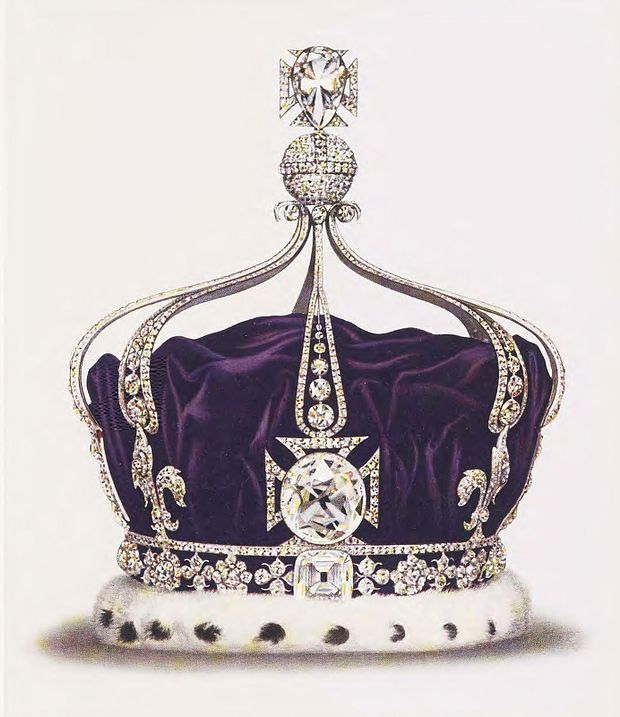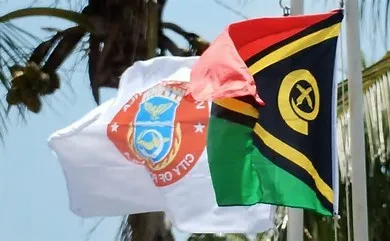Over time, theft of Indian antiquities and diamonds has robbed India of its demarcation as the “Golden Bird,” or Sone Ki Chidiya. Many ancient artefacts vanished when India was still a colony. Here are some of the listed items:
Kohi-i-noor
The renowned Mughal Peacock Throne of Allaudin Khalji was the owner of the Koh-i-Noor. Diamond experts from all around the world refer to it as the “Mountain of Light.” Following the establishment of the East India Company by the British in India in 1849, it was given to Queen Victoria. It is currently kept in the Tower of London’s Jewel House.
The Ring of Tipu Sultan
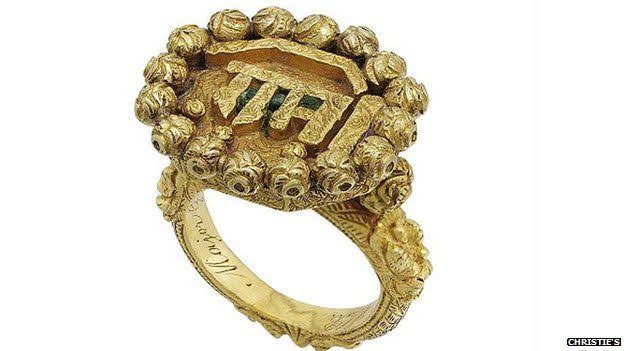
Tipu Sultan was defeated by the British in a fight in 1799, and after his death, the colonisers took his sword and ring. The ring, which Vijay Mallya had spent a lot of money on, was sold at auction by the British in 2014 for £145,000, while the sword was given back to India.
The wine cup of Shah Jahan
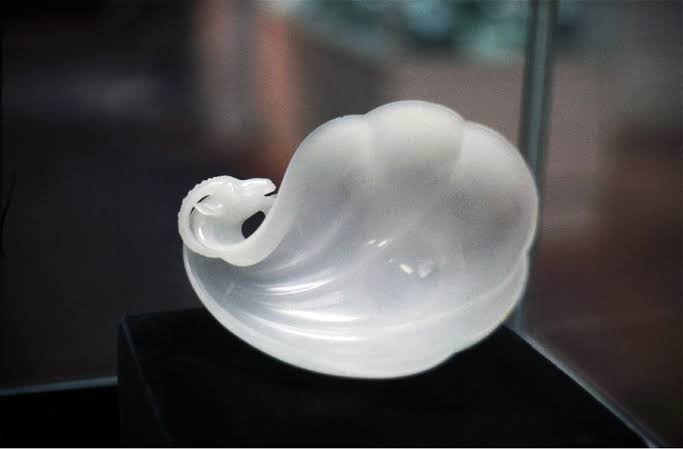
Colonel Charles Seton Guthrie stole the wine cup that belonged to the Mughal Emperor Shah Jahan in the early 19th century and sent it to Britain. The wine cup was donated to the Victoria and Albert Museum in London in 1962, where it is currently displayed.
The Peacock Throne
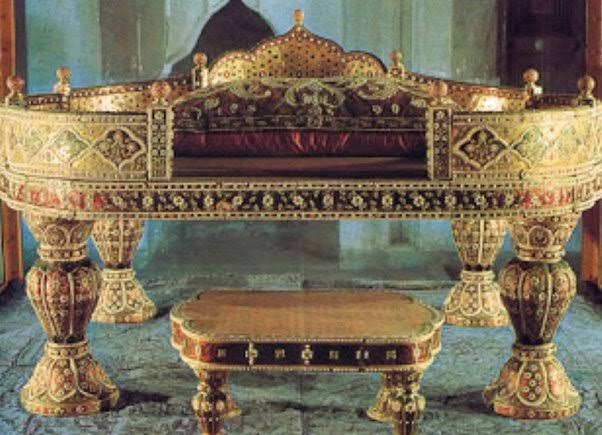
A well-known peacock throne has also been taken. According to legend, it served as the sear of the Mughal emperors who conquered North India. This throne was previously located in Delhi’s Red Fort. Shah Jahan, an emperor in the 17th century, constructed this throne specifically for him. This throne was removed by the Persian King Nader Shah in the year 1739.
The marble idol of Sarswati
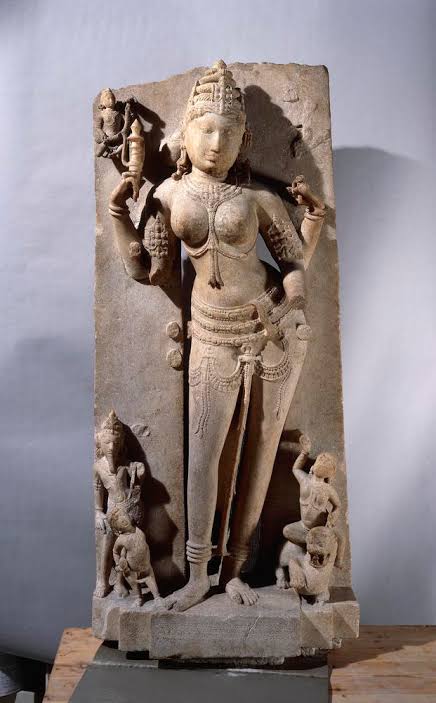
The goddess’s marble statue was inscribed in the year 1034 AD. This was the most priceless statue in Madhya Pradesh’s Bhojshala Temple. The statue was eventually misplaced, and in 1886 it was mysteriously discovered in the British Museum.

